ANPR and how to go from 65% to 99.5% Accuracy
Automatic number plate recognition (ANPR) or automatic license plate recognition (ALPR) is a system that uses specialized video cameras, optical character recognition and specialized software with a database, that reads vehicles number plates and makes use of that data. A number of systems also feature additional features such as vehicle speed and make recognition.
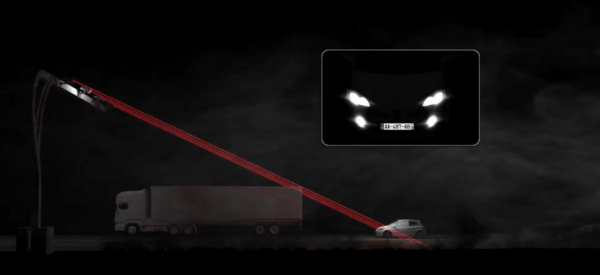
ANPR is quite common these days. Just about every major shopping centre and many paid car parks use number plate recognition in conjunction with time metering, entry barriers to as well as payment machines. ANPR in car parking application is relatively easy and highly accurate. All vehicles come to a stop at the boom gate and the ANPR system has ample time to record the plate and cross-reference it on exit. In a similar way, access control applications for vehicles, whether it is for office building, residential complexes or commercial/industrial access control for vans and trucks, at logistics/warehouse centres for example, are relatively simple as the speed of the vehicle and the conditions are generally controlled.
On the other side of the coin, 24/7 ANPR in applications such as busy tunnels, roadways, bridges and airports, whether used for tolls, security, or speeding applications, tends to get a little more tricky. The cameras need to work in an ever-changing environment (day, night, direct sunlight, rain, snow, hail) with fast moving vehicles and only the best equipment, software and best practice get accuracy results in the high 90’s.
So, what affects the accuracy of the ANPR system, and what can be done to achieve accuracy rates above 98%? The key factors affecting accuracy are: the camera equipment, the ANPR engine, and the way the cameras have been set up. We should not forget the recorders, computers and servers processing, capturing, transmitting and storing the information in very quick time, however for the purpose of this article, we will assume that high performance hardware and networks are in place.
DID YOU KNOW that an ANPR system with a capture trigger can be more accurate and also saves enormous amounts of bandwidth and storage requirements? It only “shoots” to take an image when it detects a car.
Increasing ANPR Accuracy
Zoom In for Higher Accuracy
Make sure that the camera is aimed and focused at a narrow area in front of the boom gate, entry to a building or middle of the highway lane. Narrowing the angle and focal distance improves the readability of the number plate. Take care not to zoom too much. Generally around 50 to 60 pixels of width are required in order to get a good read of the number plate.
Keep the Distance Reasonable (Under 40 m is best)
While some cameras can accurately recognise and capture number plates at length greater than 40 m, it is recommended that the distance is below that number if possible. The shorter the distance, the easier it is for the camera to focus. This reduces image blurriness.
Keep the Camera Angles Below 45 Degrees
Generally speaking the smaller the horizontal and vertical angle is between the camera lens and the car’s number plate the better. It is easy to imagine that a camera shooting at a wide horizontal angle from the side of the car will do a much worse job than one that is front-on. This goes the same for the vertical angle. The recommendation is to keep both orientations below 45 degrees.
Provide Suitable Lighting
While many ANPR systems use cameras that auto adjust the shutter speed to correct for the changing conditions, it is always preferable to have sufficient artificial lights in the area of the image capture. Adequate lighting helps to avoid over-exposed or under-exposed images and gives much higher accuracy rates.
Camera Resolution and Frame Rates (All things equal, the higher the better)
As mentioned earlier ANPR cameras need the license plate to be at least 50-75 pixels. This means that depending on the application and light conditions, as well as the speed of the vehicle, you may need a camera of a certain resolution and may need to set it to a specific frame rate. Generally speaking, lower resolution cameras and low frame rates are more applicable to slow moving vehicle applications such as car parks and access control. Applications where vehicles move faster require higher frame rates and depending on the lens, may require higher resolution.
Choose Quality Cameras and ANPR Software that is Specialised for the Application
While theoretically many video cameras can record moving vehicles, non-ANPR-specific cameras require longer setting and trial and error experimentation. Our recommendation is to choose application specific cameras and software which has been tried and tested in many countries, and one that stands behind its accuracy rates.
Choosing a great ANPR System
For majority of ANPR application we recommend systems from Active Recognition. From car parks and access control, through to high-speed multiple lane systems with laser guidance, and everything in between, Active Recognition is a leader in its market.
Active Recognition systems are used in over 220 countries by more than 10,000 customers. Their wide range of ANPR cameras and advanced software is capable of recognising plates from hundreds of countries around the globe. Below we list a small selection of Active Recognition products we have supplied for a number of projects in Australia.
Einar – Ideal for Parking & Access Control
Einar is tailored for a smooth and convenient parking, access control and slow moving traffic monitoring experience. Its plug-n-play design, simple settings, and PoE connection allows this ANPR camera to be hooked up to your systems quickly and easily.
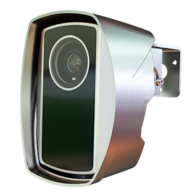
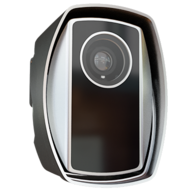
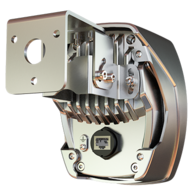
Einar also supports a GPIO-port, enabling it to open barriers, send data, and more without human interference. Other features include optional or preinstalled on-board ANPR engine, built-in IR or white LED illumination, auto-adjustment for the optics, and even device memory expandability.
Vidar – First ANPR Camera with Laser Vehicle Detection
Vidar is a highly advanced, automated ANPR system that is ideal for any road ANPR application. It features self-setup, self-diagnostics, automatic vehicle capture, built-in license plate reading, and options such as make and model, colour, and hazardous sign identification.
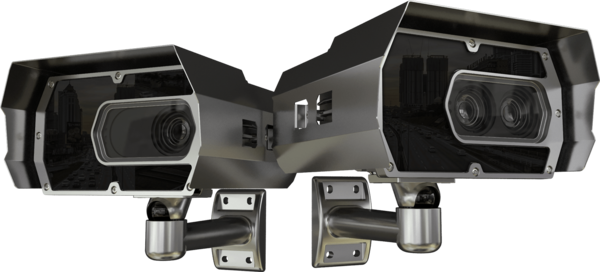
The camera features a built-in laser for highly accurate vehicle detection, and has options for a dual optic system for multi-purpose imaging and speed measurement. ANPR engine formats include on-board, local server or cloud.
Carmen Software
Carmen® Image Recognition API is an Automatic Number Plate Recognition software with global field experience and high accuracy rates. It can be seamlessly integrated into any system, regardless of scale. Flexible licensing and optional add-ons such as Make and Model, Colour Recognition, and Hazardous Material Codes recognition are available.
Carmen is ideal for:
Traffic Monitoring | Tolling Applications | Speed & Journey Time |
Parking Applications | Security & Access Control | Smart City Applications |
Carmen features AI-based Image analytics that have been relied on by private and government clients around the world since 1991. Carmen offers:
- Database of over 36,000 of number plate types
- Cost saving and quick ROI due to high reliability
- Industry-leading accuracy rates (99% on a global scale)
- Region/country specific engines tailored to the application
- Compatibility with any ANPR camera
- Scalability to grow with your system/application
Contact us for an obligation free discussion and estimate for your ANPR project requirements.
